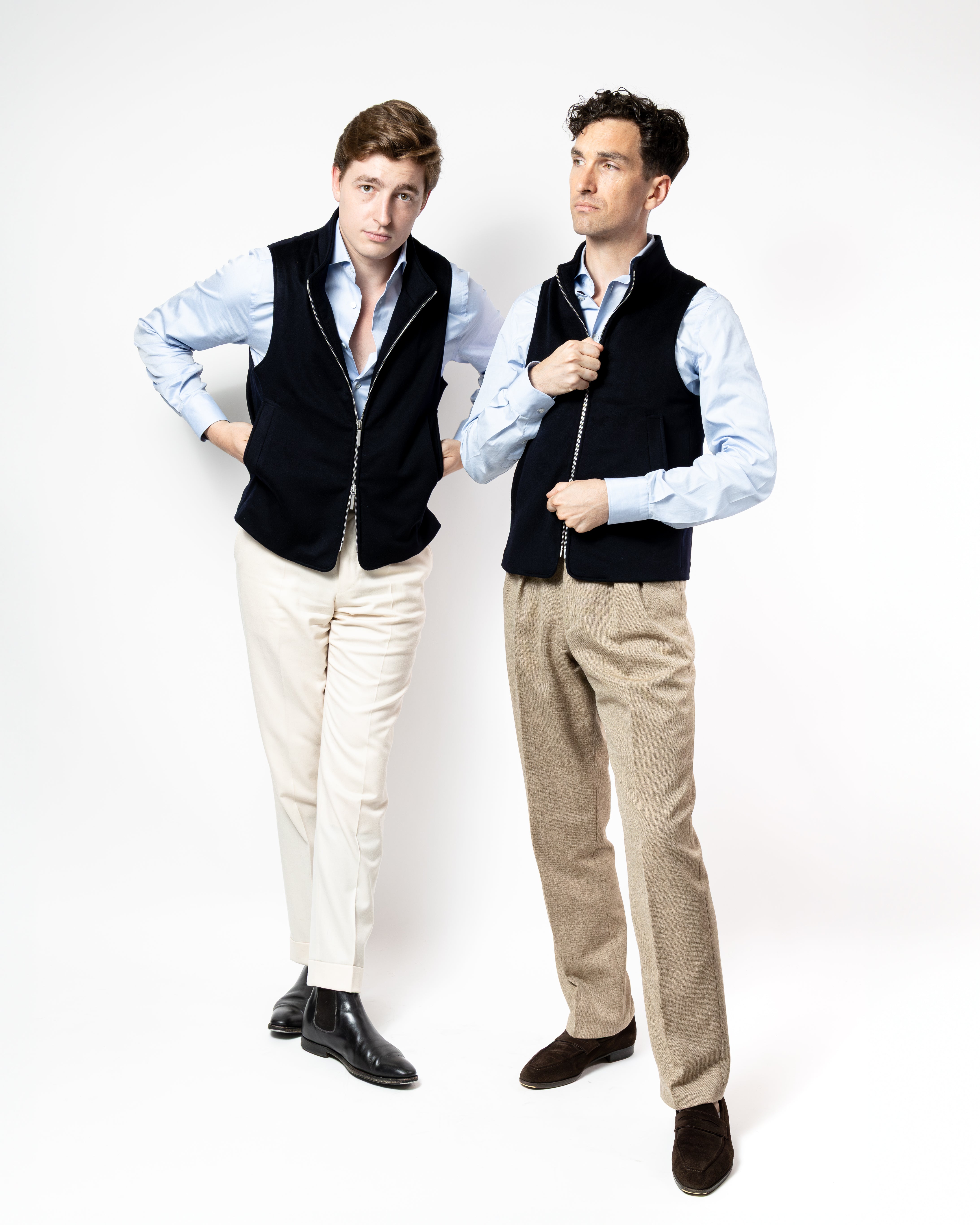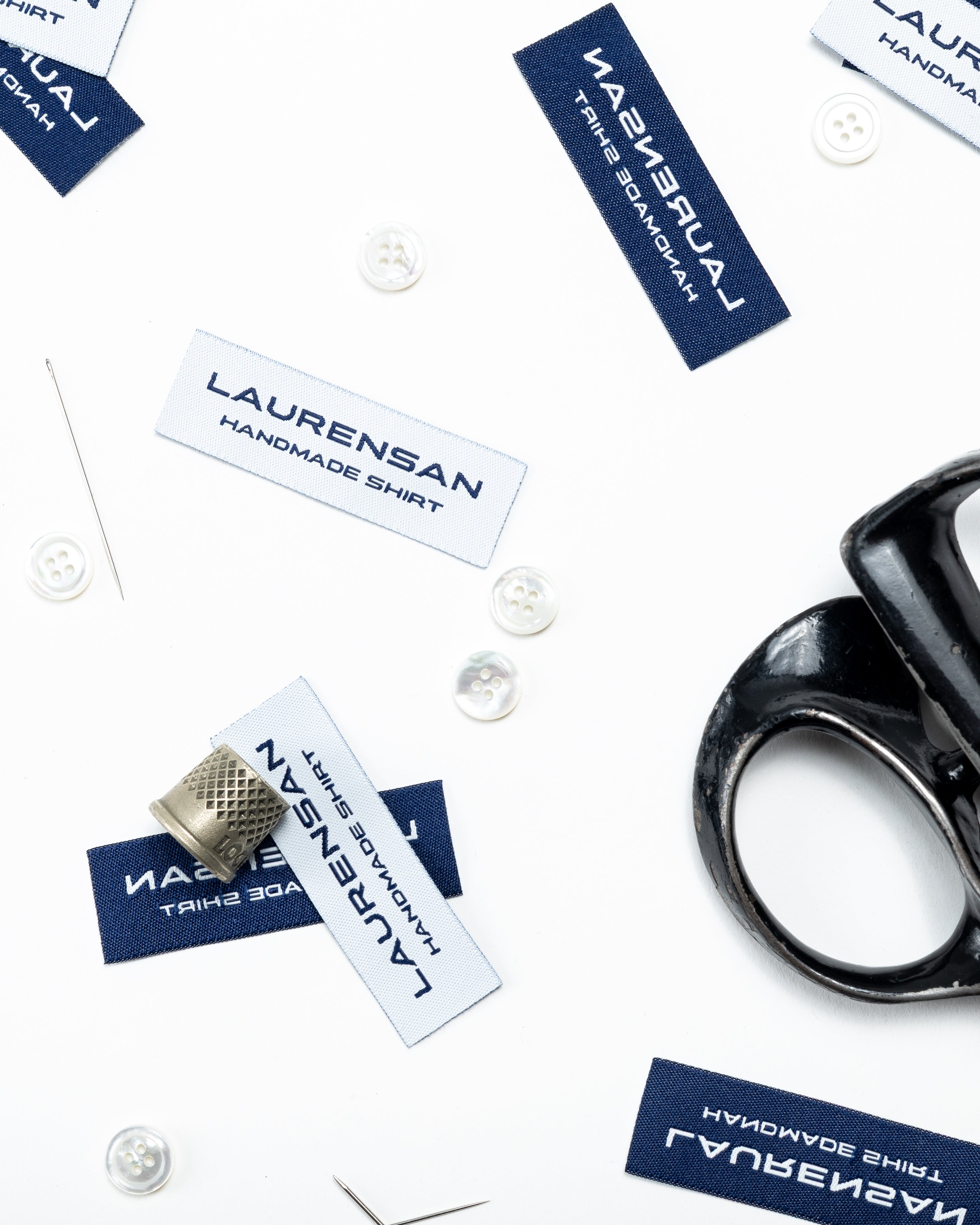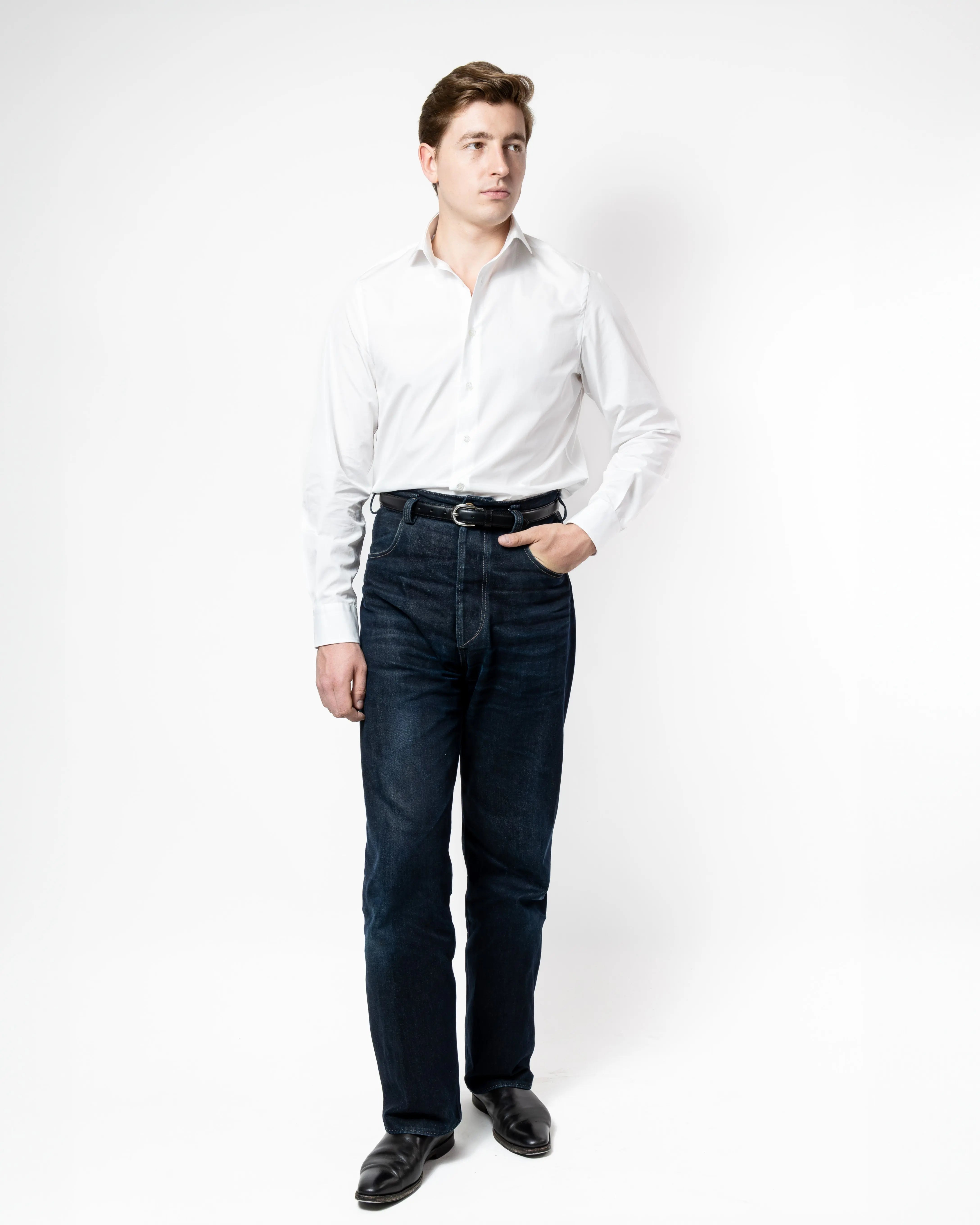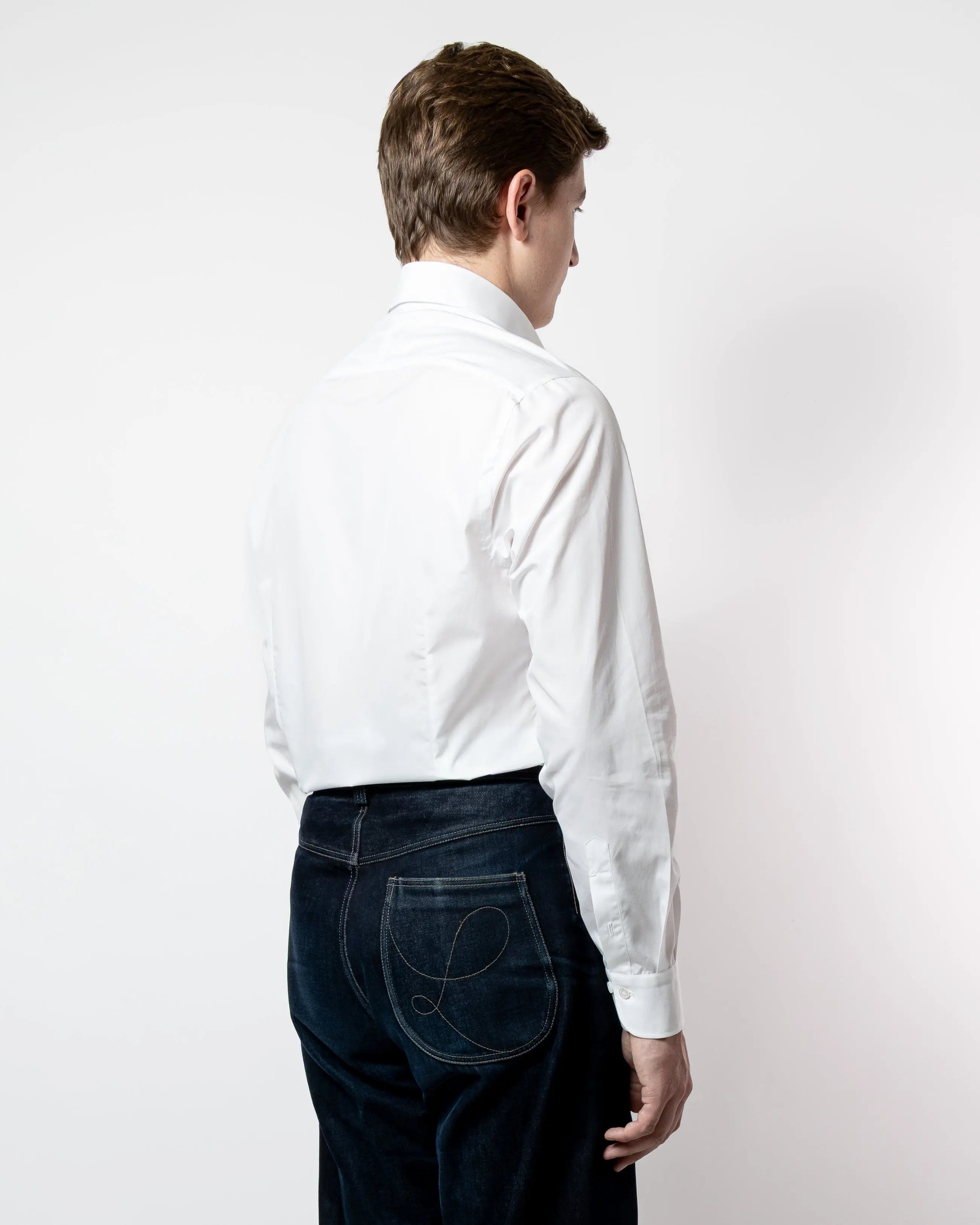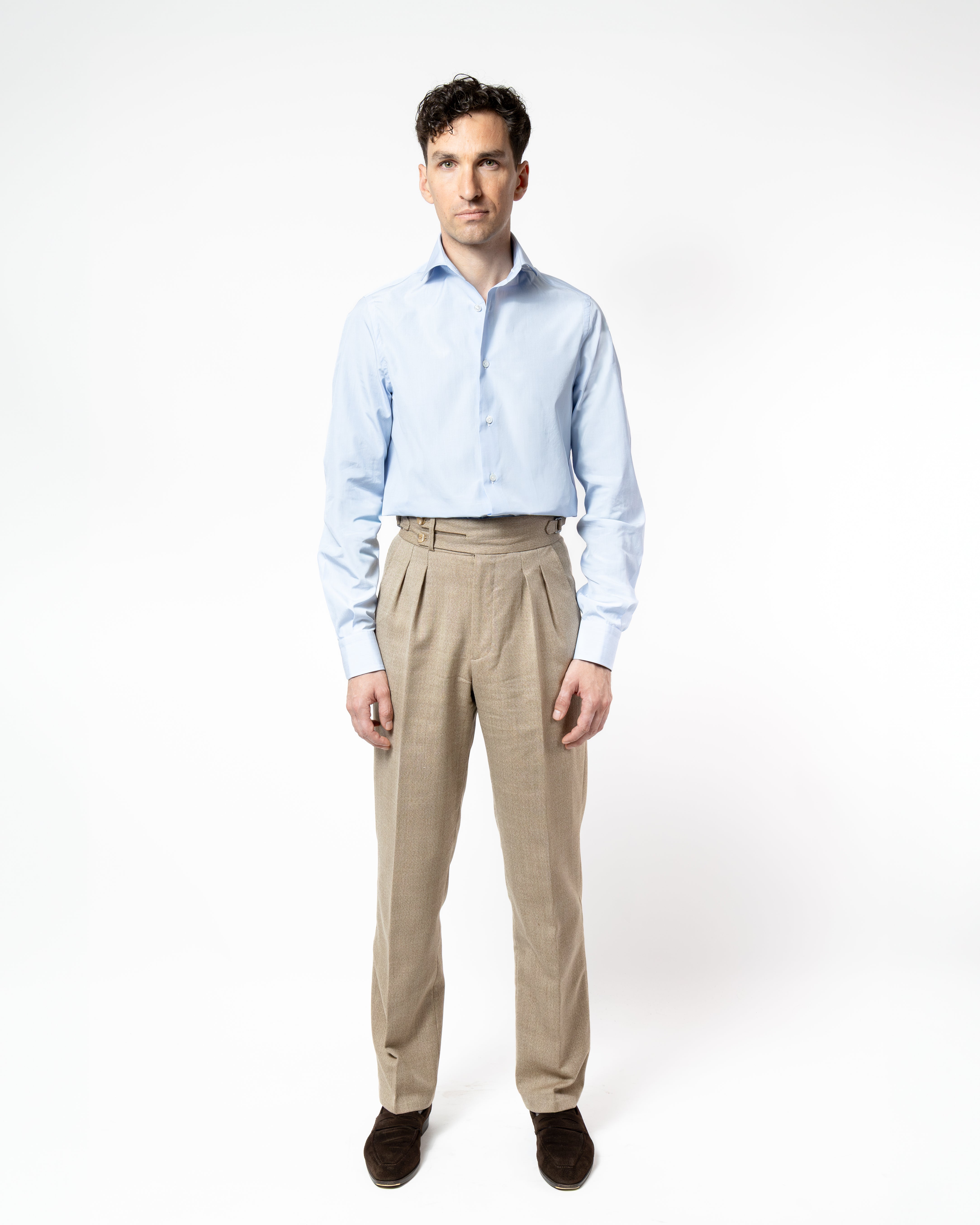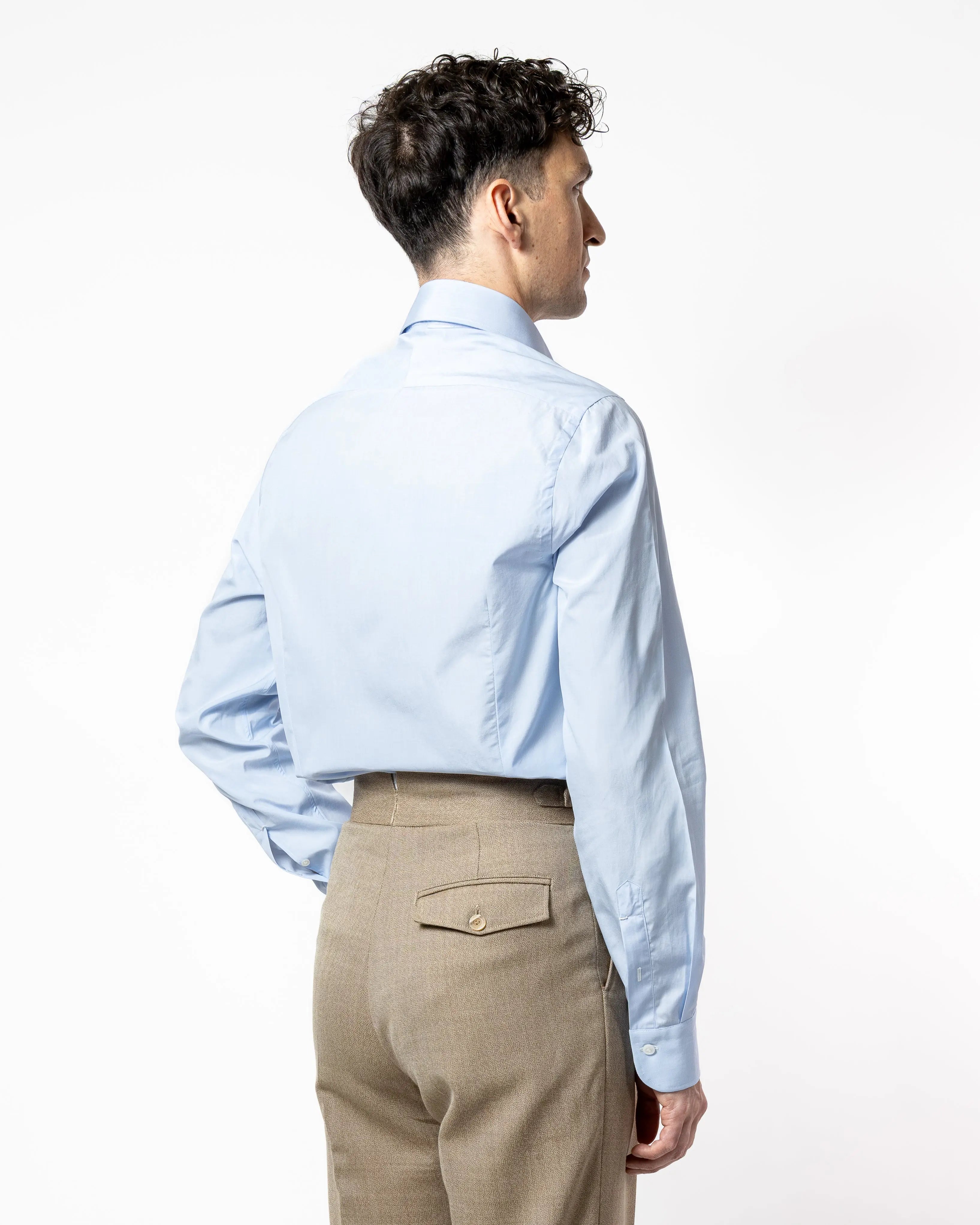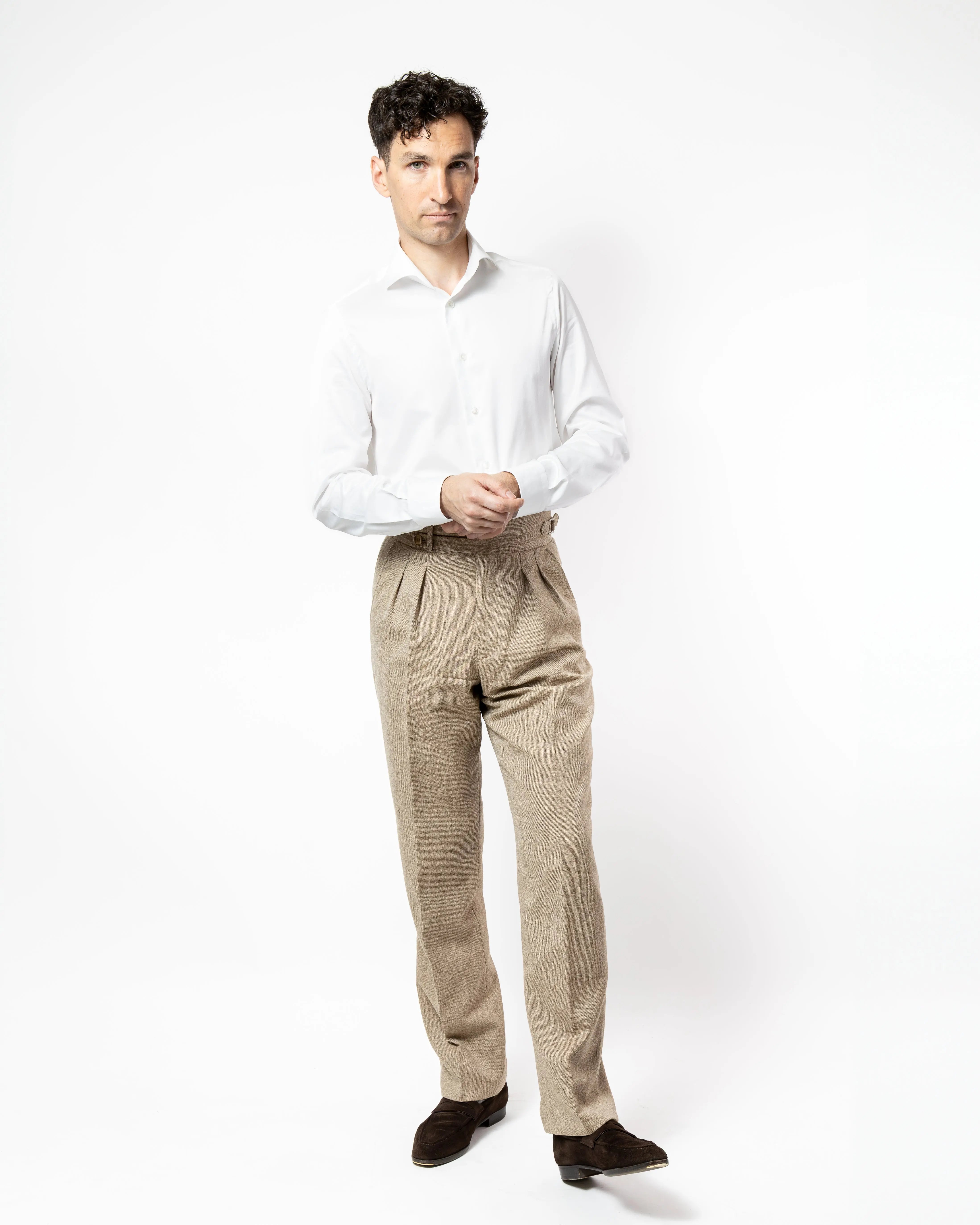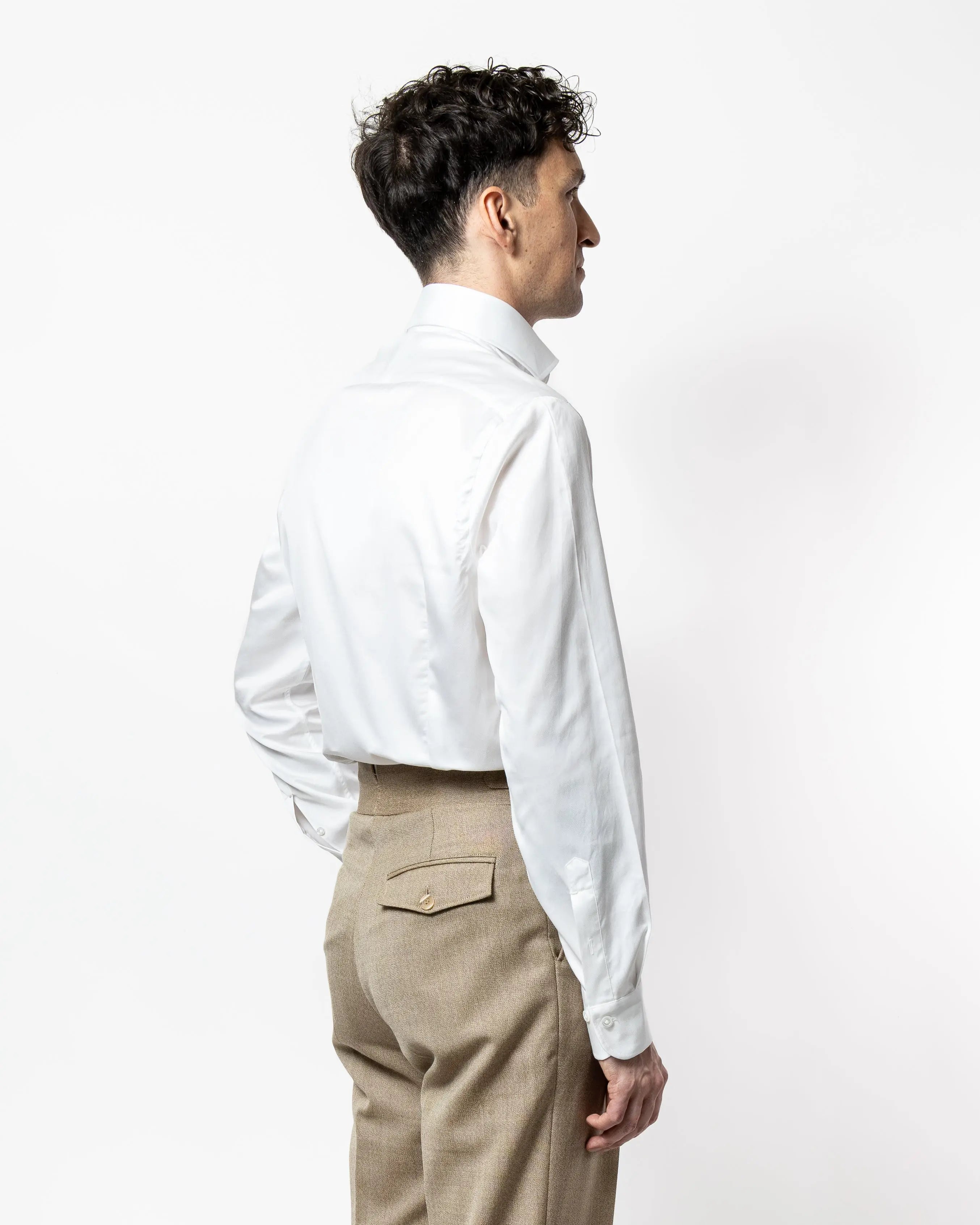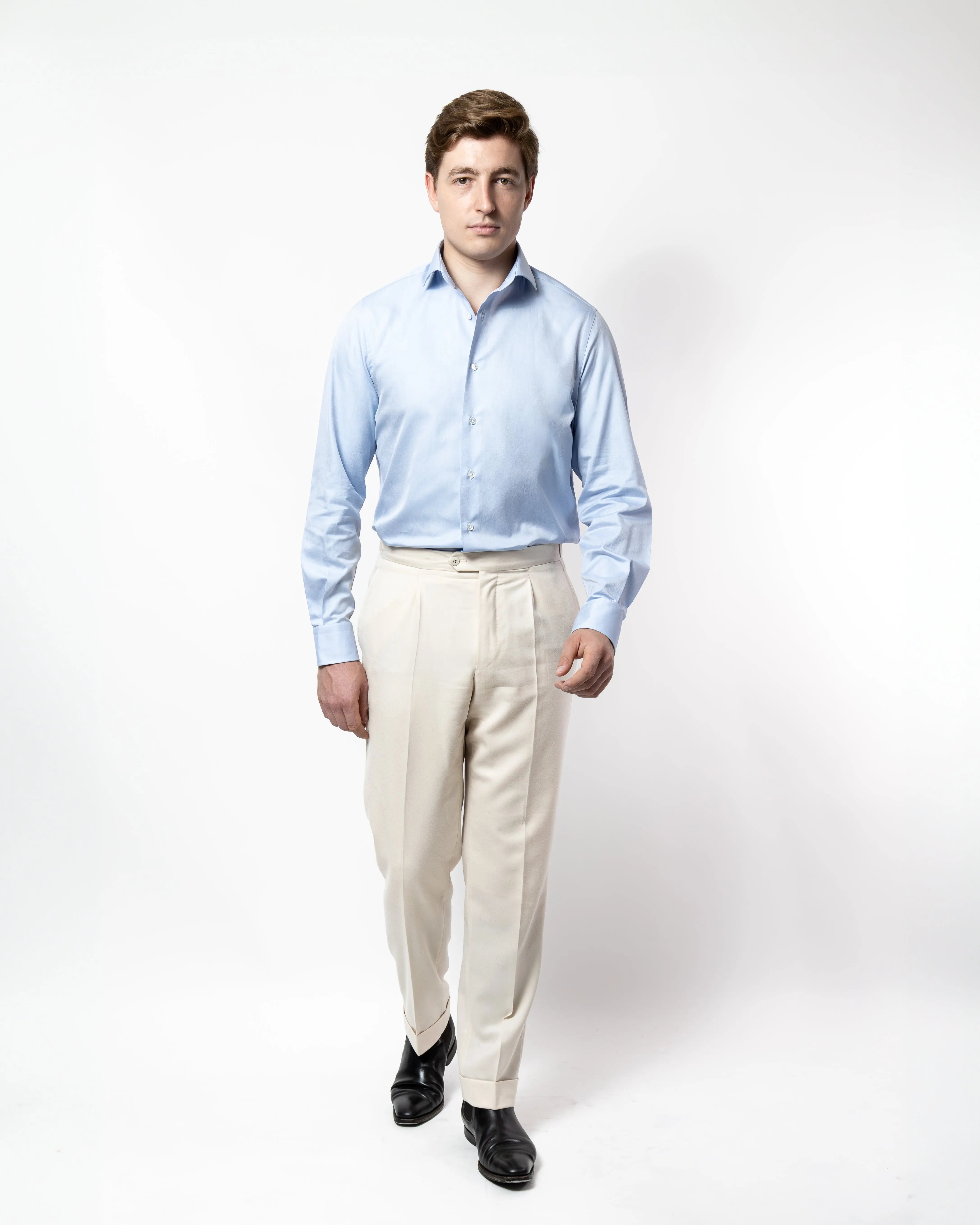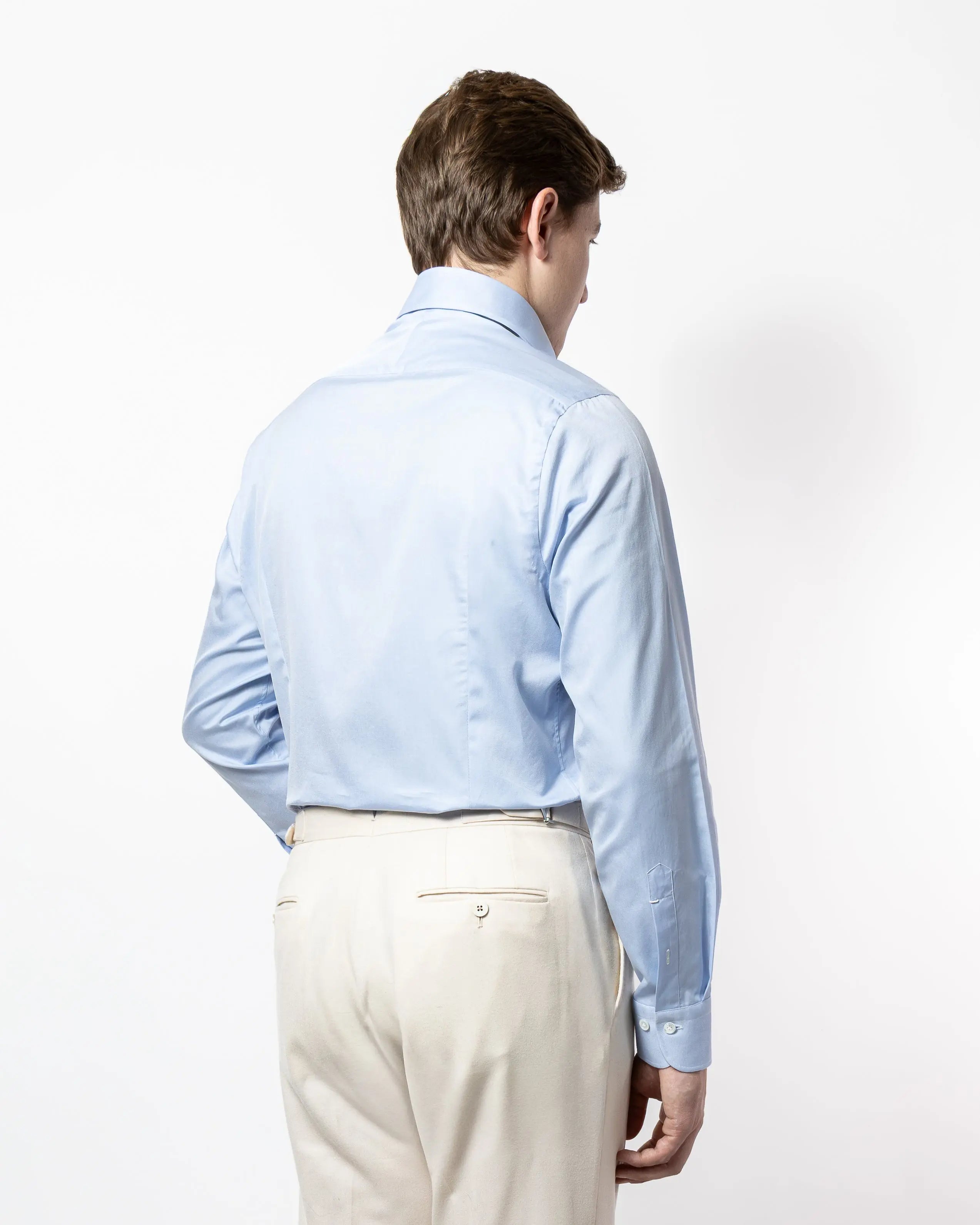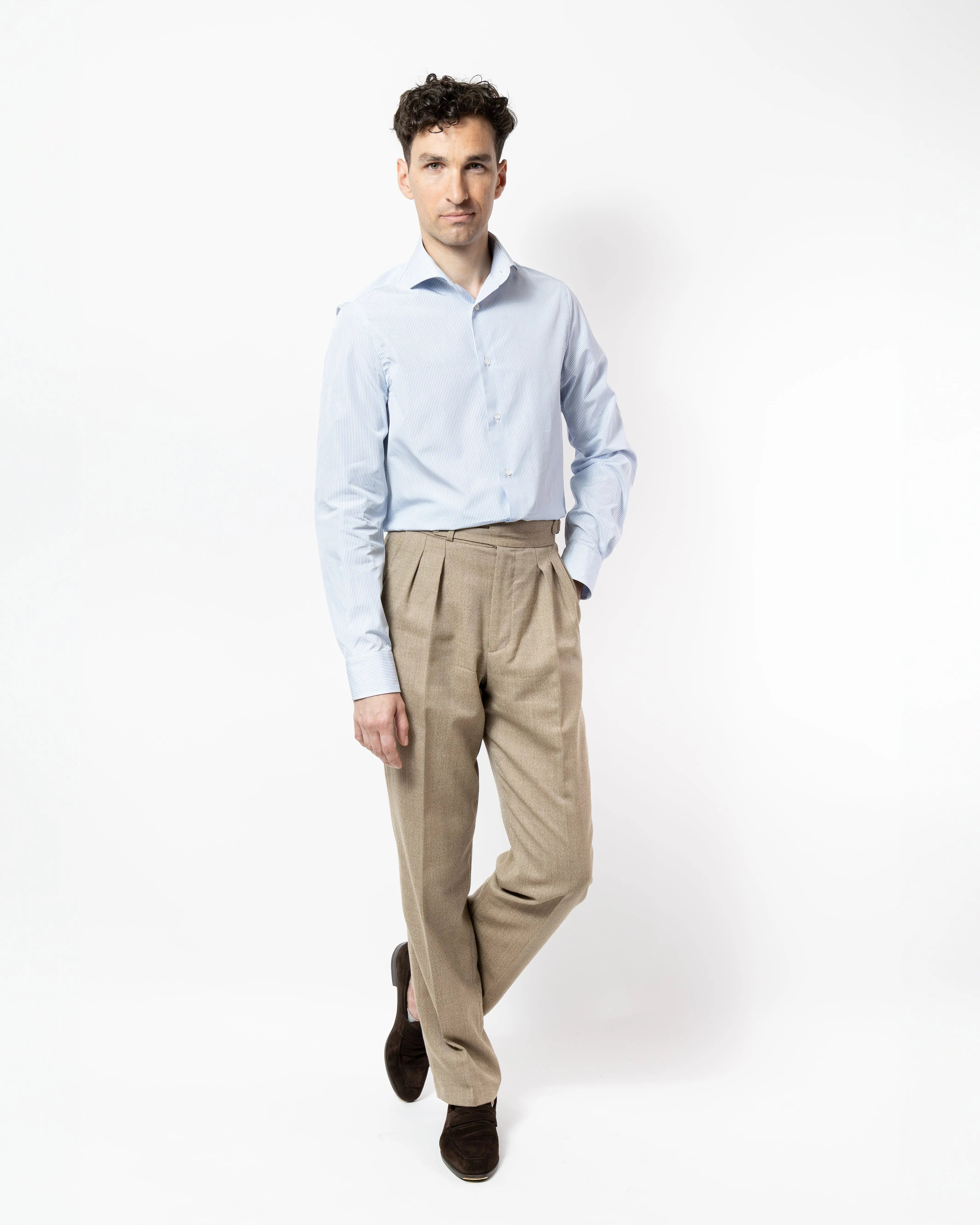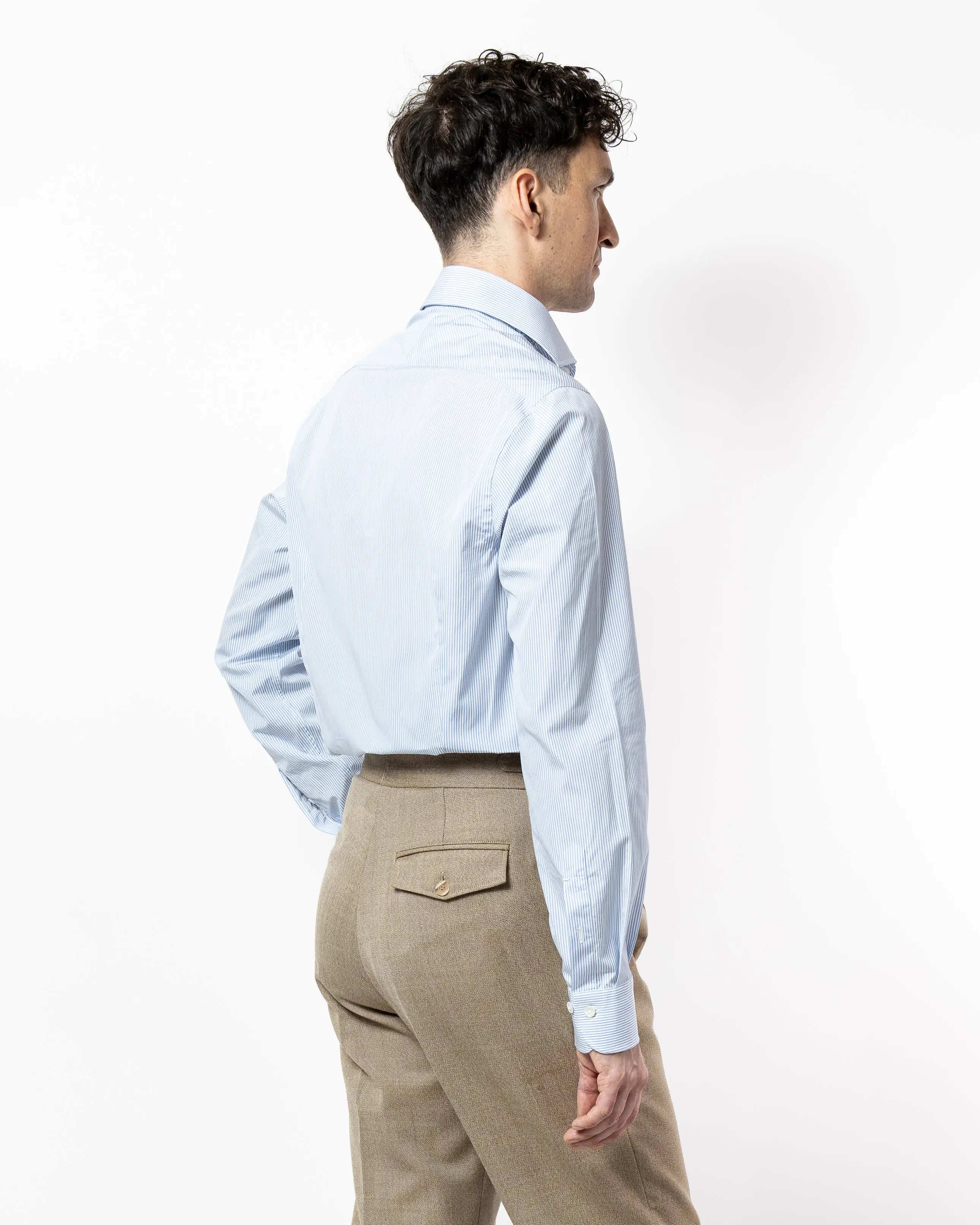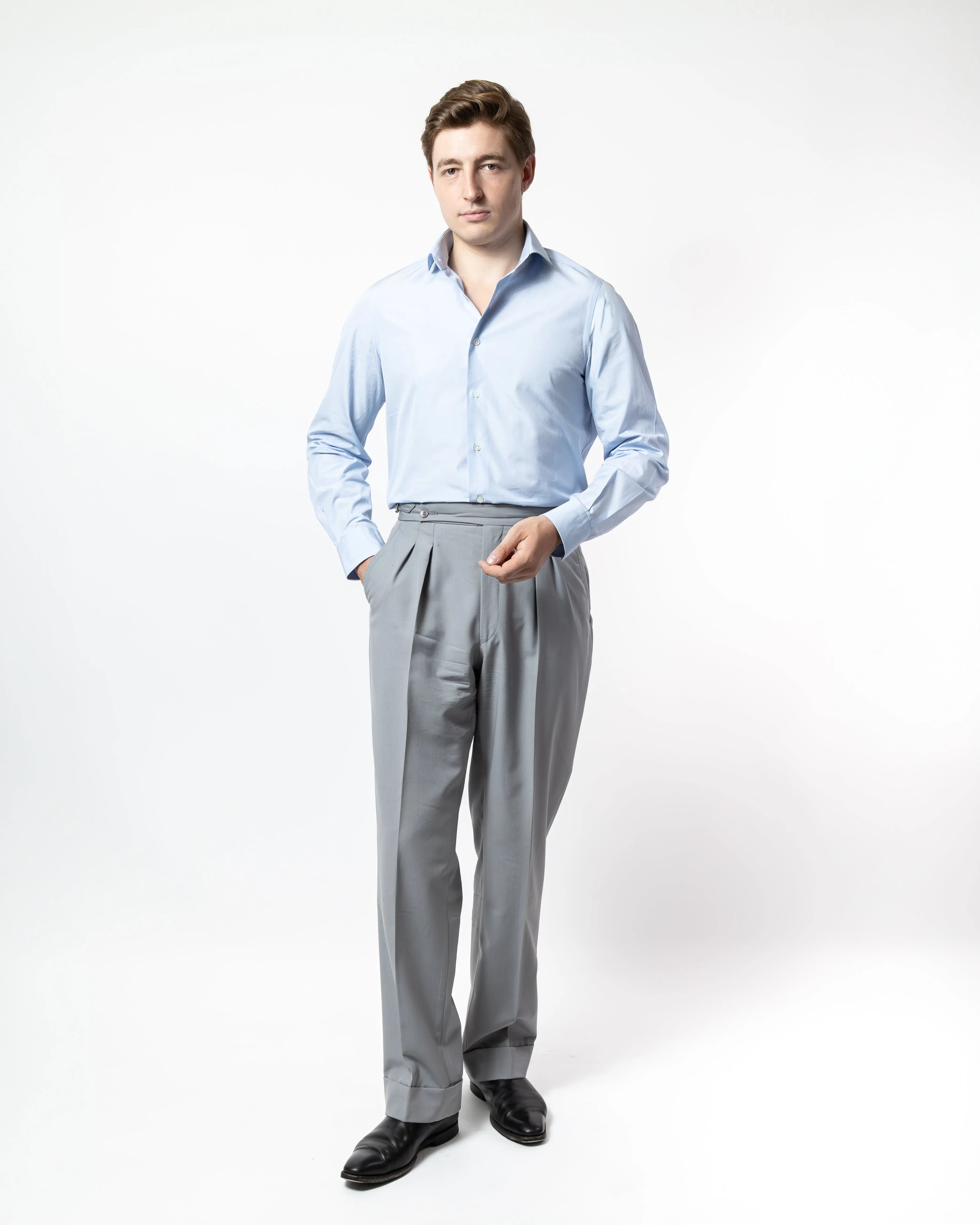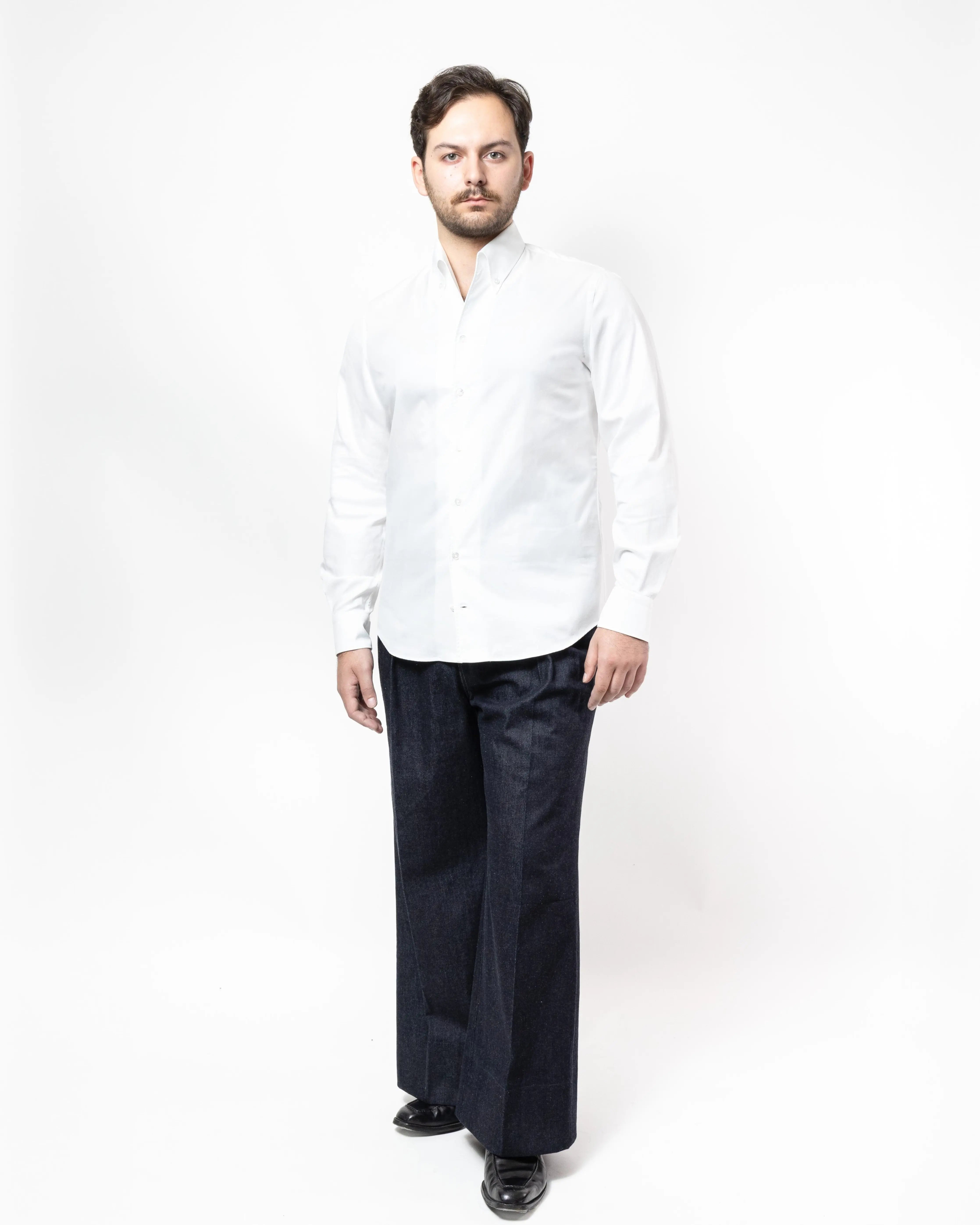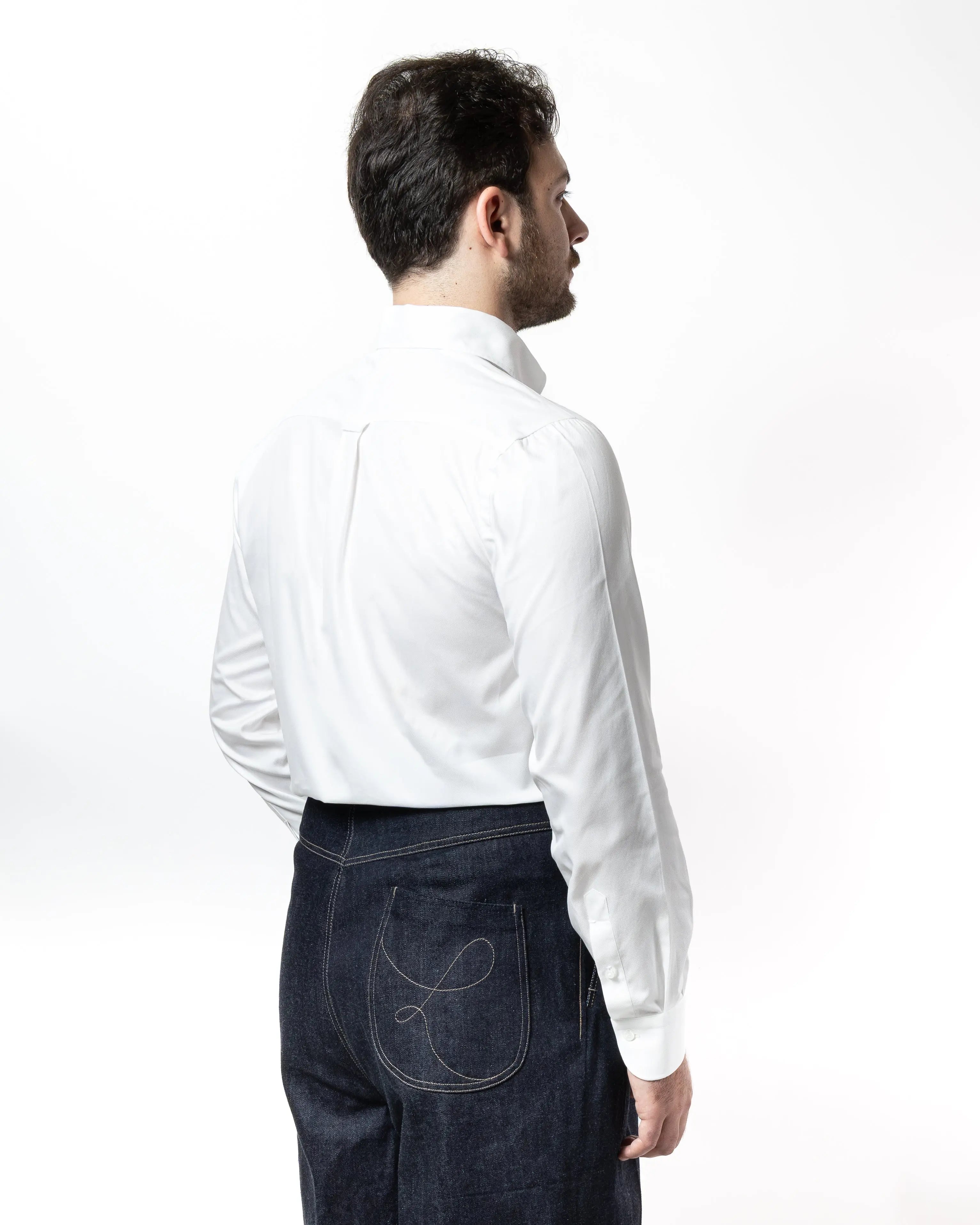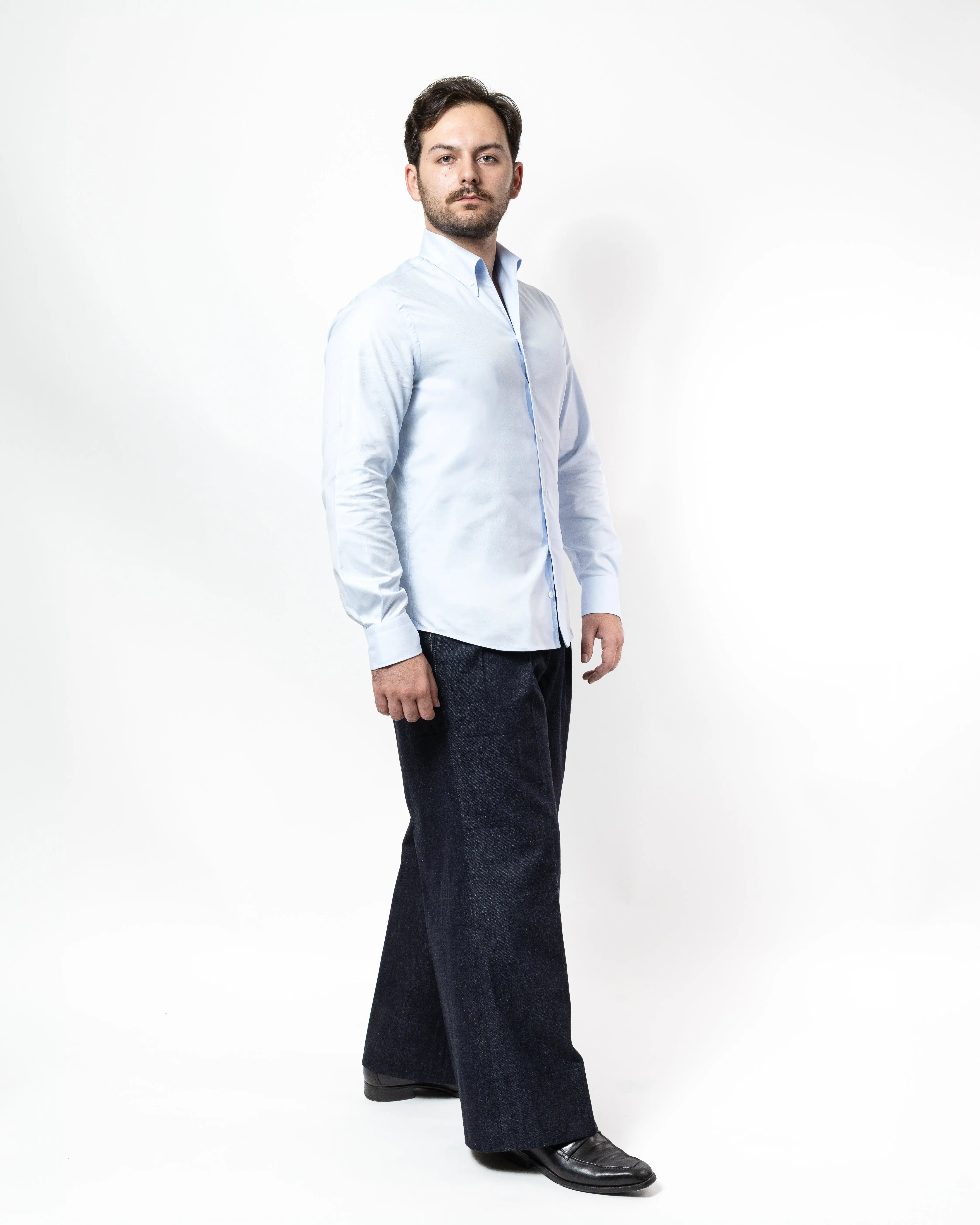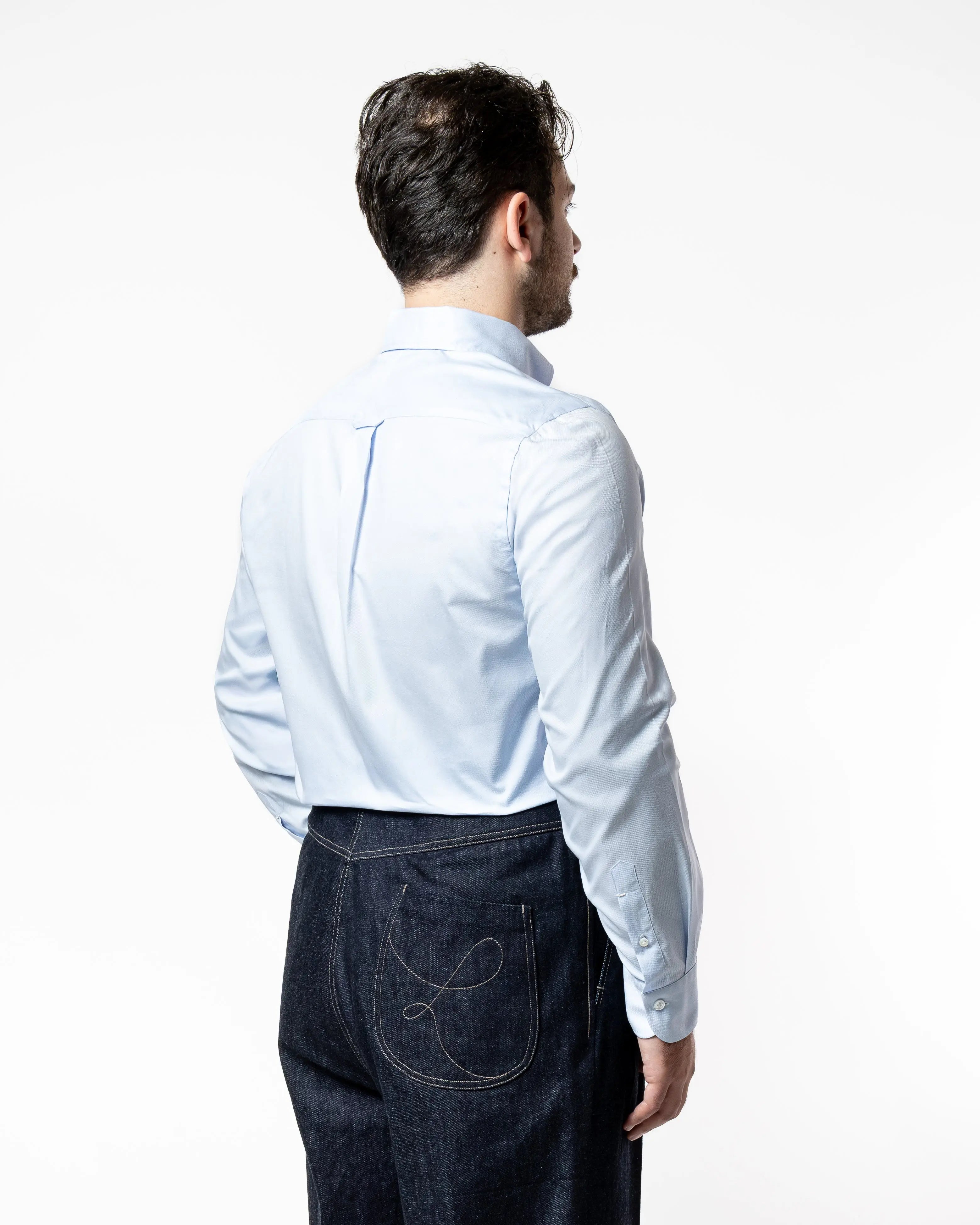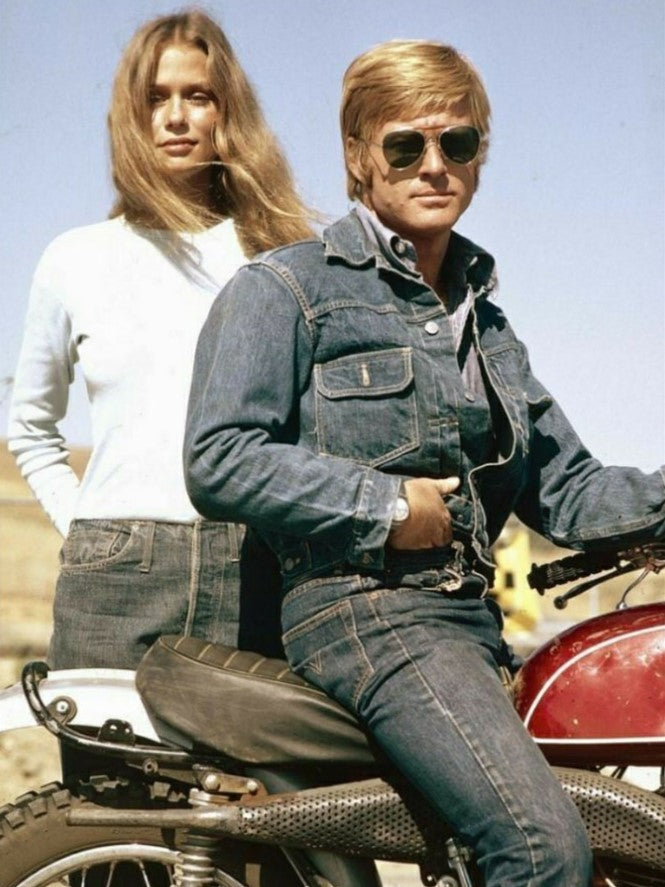The History of the Shirt: From Antiquity to Modern Luxury
The History of the Shirt: From Antiquity to Modern Luxury
In the world of clothing, few pieces have survived the centuries with as much consistency and prestige as the shirt. Long considered a simple undergarment, it has evolved to become a true symbol of elegance and refinement. The history of the shirt reflects the evolution of fabrics, cuts, and manufacturing techniques. Understanding its evolution means delving into the heart of European clothing culture by exploring traditions, innovations, and prestigious brands.
Origins: from Antiquity to the Middle Ages
The shirt finds its first forms in Antiquity . In Egypt , men already wore light linen tunics. In Rome, the tunica , worn by both men and women, was already similar to the current shirt, with a loose and functional cut.
In the Middle Ages, the shirt became an essential undergarment , worn under the tunic or dress. Made of linen , a noble fiber for the time, because it was easy to wash and comfortable against the skin, it could also be made of hemp , which was rougher but also more resistant, and was adopted by the working classes and sailors.
In the 12th century, the Crusades introduced cotton to the West (although it was little used due to its cost), as well as new cutting techniques from Persian tunics , notably separate sleeves sewn to the armholes, giving the shirt its modern structure.
The Renaissance and the Emergence of Style
With the Renaissance, weaving techniques evolved and linen became increasingly fine. Collars and cuffs were adorned with lace and embroidery , worn by the nobility and clergy. The shirt was no longer just functional; it served to demonstrate the rank and elegance of the wearer.
From the 16th century onwards, trade with the Ottoman Empire and India increased the supply of cotton, which had previously been little used and was often mixed with linen. Fine cotton shirts appeared in aristocratic wardrobes, especially in Italy, Spain, and France. However, they remained in the minority: linen remained the standard for shirts, even in noble circles.
It was also during this period that embroidered initials appeared on shirts. Laundries and linen maids needed to quickly identify who owned each piece, and initials served as a practical organizational tool. Often embroidered on the collar or cuff, they are still very popular today in bespoke tailoring.
The Strawberry
The term " strawberry " refers to its pleated, petal-like shape, reminiscent of the fruit when viewed from the front. Its direct origins lie in the collar of the shirt worn under the outer garment. Initially simple, the collar was transformed into a strawberry to become a decorative and visible element. Made of fine linen, and sometimes cotton for the more affluent.
Appearing in earnest in the 1560s , the ruff gradually detached itself from the collar to increase in height and width, becoming a symbol of refinement at court. In the 1570s , the strong return of Catholicism in France encouraged the development of extravagant ruffs, decorated with lace and indented, in contrast to the Protestant austerity which favored simple collars. The ruff reached its peak around 1578 , with models so wide that they became objects of popular mockery.
In the 17th century, it spread in different forms depending on the country: in Spain and in the southern regions under Spanish influence, it gained in volume and thickness, while in France, the ruff gradually fell into disuse and ceased to be worn at the end of the reign of Louis XIII , replaced by the simple collar .
It was also during this period that the first mother-of-pearl buttons appeared on the shirts of the nobility.
18th century
The 18th century marked a key stage in the history of the shirt . With the rise of the bourgeoisie, the shirt became a garment of social distinction, often decorated with pleats or embroidery . Long sleeves and stiff collars gradually became established, and rigid plastrons appeared, foreshadowing the evolution towards the modern shirt.
The East India Companies imported Indian cotton on a massive scale, and cotton shirts became more accessible to the wealthy and bourgeois classes, but linen remained predominant due to its local availability.
Thomas Mason 's story also began in 1796 , when one of the first cotton mills in England was founded. Its high-quality fabrics were quickly adopted by London tailors , dressing the British aristocracy and high society, until it became, in 1936 , the exclusive supplier of blouses to the British royal family.

19th century: Industrialization and standardization
In the 19th century, the industrial revolution transformed shirt production. Sewing machines made it possible to mass -produce shirts, standardizing sizes and cuts. In France, the Charvet house, founded in 1838 , created the first shirt factory in Paris, for which the new word " chemisier " was coined.
With the rise of mechanical spinning , cotton became cheap and ubiquitous. By 1850 , the majority of shirts in Europe were already made of cotton, thanks to its softness and ease of care.
Also celebrated is the first mass-produced shirt designed by the firm Brown, Davis & Co of Aldermanbury , London, which filed the patent for mass production in 1871 .
The terms " white collar " and " blue collar " appeared at the end of the 19th century. White collars referred to executives and intellectual professions, who wore impeccable white cotton shirts. Conversely, blue collars referred to workers and artisans, whose manual work required more durable clothing, often made of cotton or twill dyed blue , which was less soiled and more durable. These expressions thus reflect a social hierarchy visible through clothing.
The shirt in the 20th century: from uniform to uniform
In the 20th century, the popularization of the three-piece suit made the shirt a central element of the male wardrobe. Egyptian cotton , poplin, and twill shirts dominated, while cuts became more modern. It was at the same time that the Italian collar appeared, more open and refined, a symbol of Mediterranean elegance.
In the 1960s and 1970s , some fashion houses began to reinvent the shirt, incorporating prints , bright colors and innovative fabrics, making the shirt a vehicle for style and personal expression.
Conclusion
The history of the shirt is that of a garment that has evolved while remaining true to its roots. From the ancient tunic to contemporary shirts, this seemingly simple garment remains one of the most enduring symbols of elegance and prestige.
Unfortunately, since 1970 , as a result of the relocation of European manufacturing, between 2 and 3 million jobs have been lost in the textile sector. By 2028 , up to 60% of European textile companies could close, causing the potential loss of 400,000 to 500,000 jobs. The ecological impact is equally alarming, with the ready-to-wear industry accounting for nearly 10 % of global CO₂ emissions.
To meet this challenge, it is essential to promote local European production and artisanal know-how . Our shirts, handmade in Spain on pre-order, are part of this approach: preserving heritage , reducing the ecological footprint and offering exceptional clothing, designed to last .
